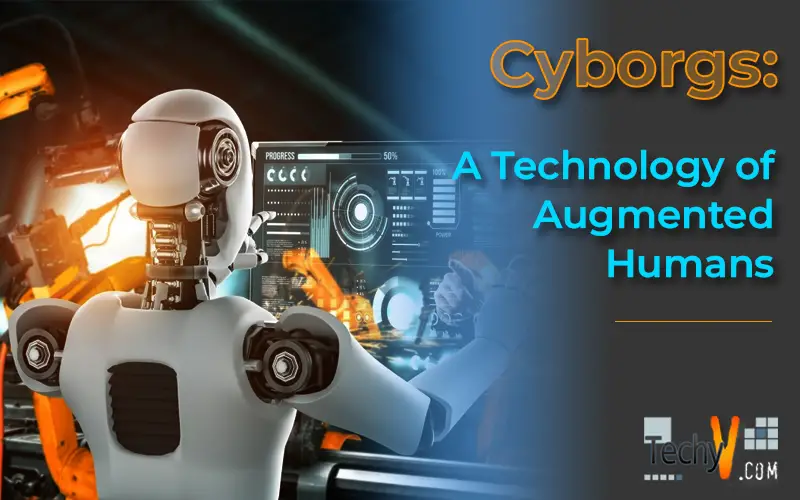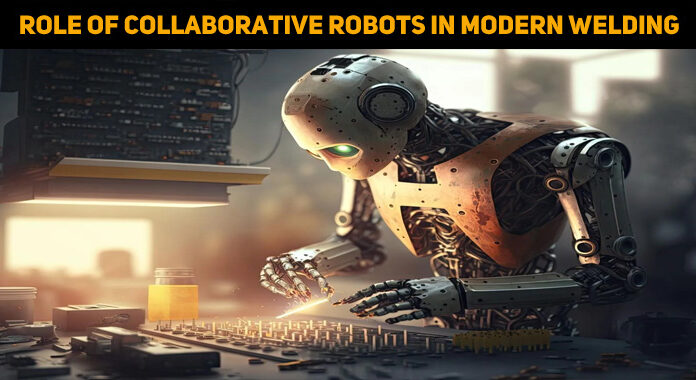Cyborg is a fictional person with both biomechatronic and organic body parts. It is also known as the cybernetic organism.
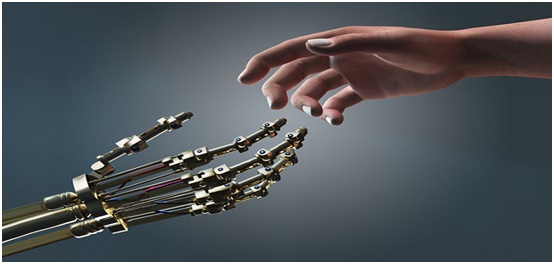
The potentials of Cyborgs are augmented through the technology. Undergoing many changes and developments in all the fields, the technology has become an inseparable part of human lives, and Cyborg is the outcome of such technological advancements. In the past few years, there has been tremendous progress in the development of advanced prosthetics or the artificial body part. The lost capabilities to some extent can be restored using these prosthetics.
The prosthetics and technological advancements triggered the invention of Cyborgs. The thought of incapability due to physical disabilities has now changed. People don’t need to worry anymore if they are physically disabled because they can become a Cyborg, who is more capable and their potentials will increase much more than it was before.
The man-machine mixture concept ruled over in science fiction before World War II. In 1843, Edgar Allan Poe, an American writer narrated this theory, in a short story ‘The Man That Was Used Up.’ Various science fiction (sci-fi) movies like The Terminator, RoboCop, Ghost in the Shell, etc. introduced this concept to the people. And now, it is not just restricted to fictional characters, but can also be seen in real life. In 1998, Kevin Warwick, a professor of cybernetics, became the world’s first Cyborg by implanting a radio frequency ID in the arm. With this, he was able to turn on/off the lights by snapping his fingers.
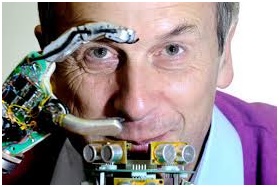
Is telepathy possible?
Kevin made the impossible thing possible; his nervous system could communicate with his wife’s nervous system. Isn’t it astonishing?

His brain was able to receive neural pulses that aroused from his wife’s nervous system. Well, this can be called as telepathy as he could sense what his wife is feeling. He also says that for now, it is just in the arm, but his target is to place the implant in the brain.
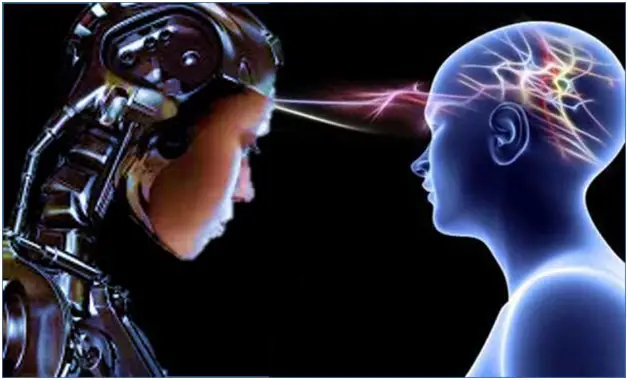
Cyborgs vs. Robots:
Both the robots and cyborgs are somewhat related to science fiction (to some extent and even more than that) and seem to be very similar, but they actually differ. The main difference between them is the presence of life.
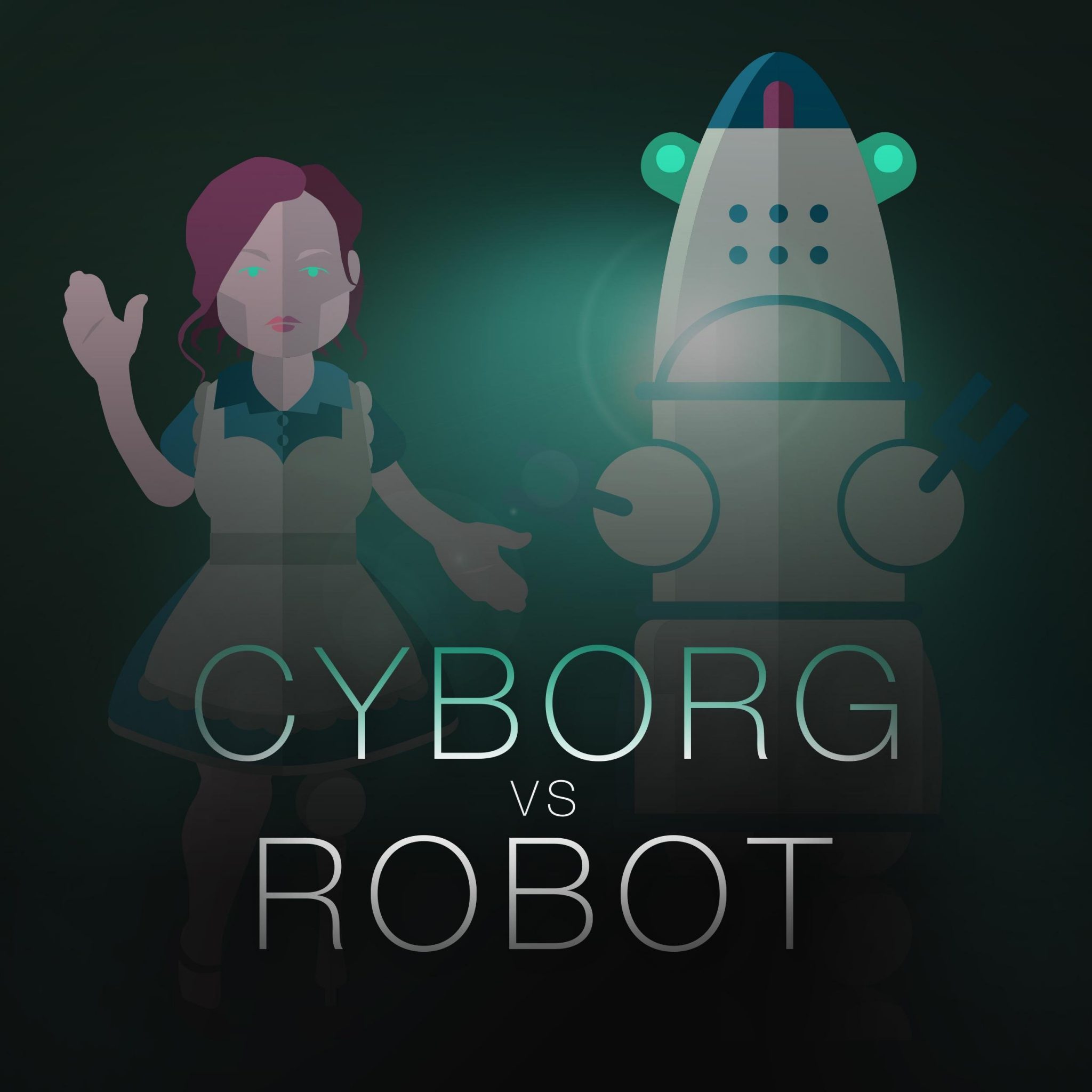
ROBOTS:
- A robot is a machine. It is often advanced and requires little interaction with a human. It only does what it is programmed to do and cannot take decisions on its own.
- A robot can be simple as a toy designed for kids to flicker their curiosity. Also, a robot can be complex that is used in industries or military to perform complicated tasks.
- A robot doesn’t have life or feelings and is a real machine.
CYBORGS:
- A cyborg is a combination of both machine and human parts. It is also defined as ‘a human with a robotic part.’
- There is no simpler version of a cyborg. They are typically complex as it deals with the organic part of the body and takes utmost care. Improper implantation may even lead to the death of lives.
- A cyborg exercises free will on their activities. No boss is required to authorize them. A cyborg is partly machine and partly human that has a life.
Animal Cyborgs:
A cyborg doesn’t have to be human always; it can be any other living being. And the animal cyborg is the promising area of study for various reasons. One among them is that the study of human cyborgs is restricted when it comes to testing. But such testing can be done on the animals while considering few ethically concerned issues. The first real cyborg has been around about 50 years. During the 1950s, as a part of an experimental program, a white rat was turned into a cyborg.

Beware because not all insects you see are insects, but may be cyborgs! The DARPA (Defense Advanced Research Projects Agency) has been working on this insect cyborgs over the few decades. The idea behind this invention is that the military forces needed secret agents that could fly and carry information from the opponent forces. The requirement is that the agents must be robust enough to carry equipment like secret cameras and should be small. The DARPA realized that they are already halfway to their destination and don’t need to start from the scratch, it was because of these insect cyborgs. These cyborgs are flying insects that do surveillance in dangerous territories.

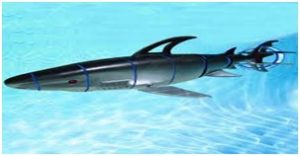
Sharks have some additional abilities that humans don’t have like sensing electromagnetic signals. DARPA is developing a remote control mechanical shark. It provides data feedback about the enemy ship movement or underwater explosives.
FUTURE:
- Everything in this world is hackable, and the term “biohacking” refers to hacking the biology of our bodies, which indirectly means our implants; this adds to the cons of cyborgs. There are few other cons as well, like the risk of infection is high, and the implants are expensive. Besides having various pros and cons, Cyborgs are gradually making their way into our lives, and these Cyborgs hold a major potential in solving problems in almost every field.


